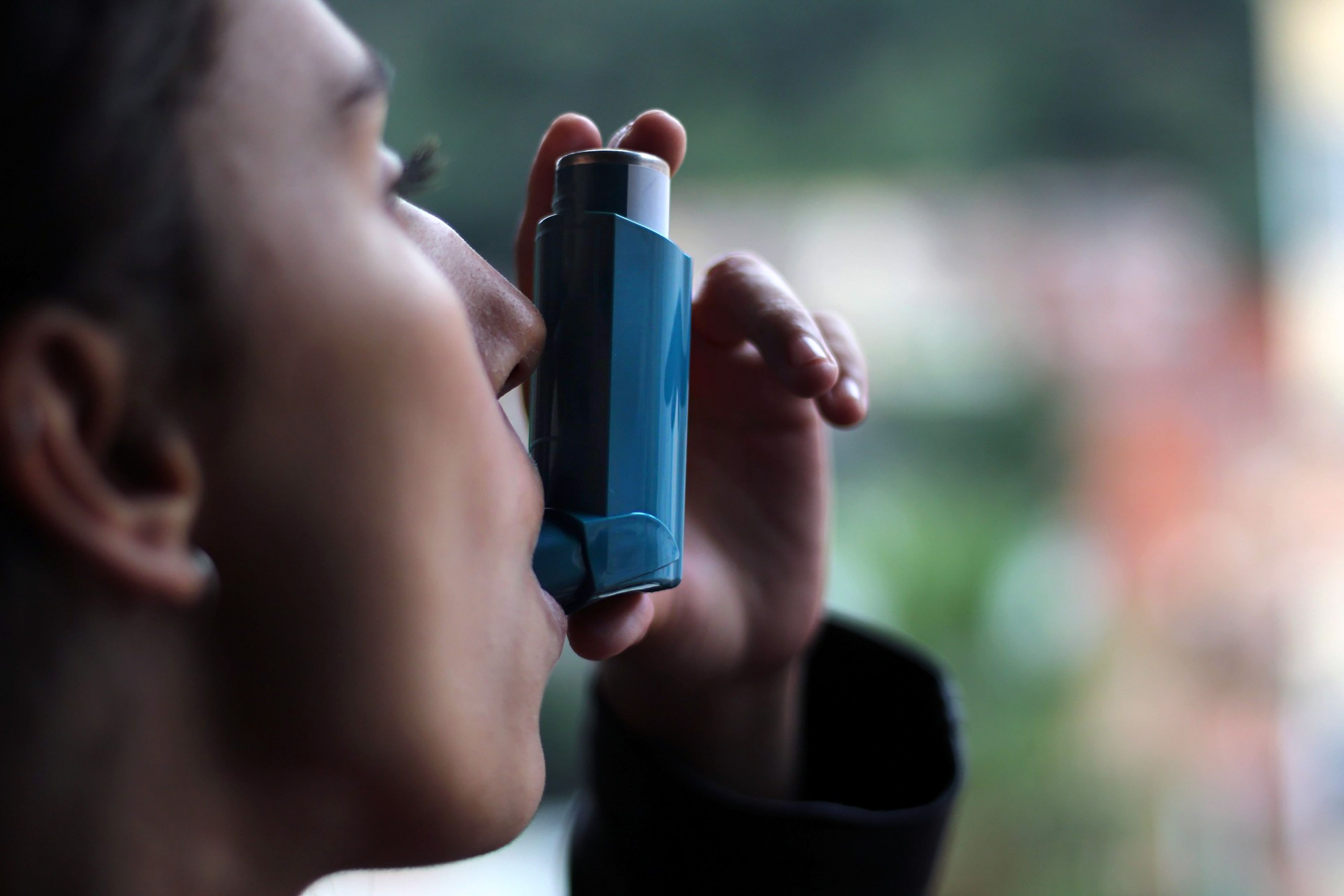News
Article
Simplified Model Successfully Predicts Risk of Asthma Exacerbations
Author(s):
Investigators created a model to predict asthma exacerbations that can be integrated in WhatsApp chatbot and relies on self-reported data.
Investigators have developed a model that can predict the risk of asthma exacerbation, using data collected in routine health care visits, according to the results of a study published in Pragmatic and Observational Research. Further, investigators compared their model to a simplified model, integrated in WhatsApp chatbot, that included self-reported data, finding that the models are not substantially different.
Image credit: DALU11 | stock.adobe.com

The aim of the study was to create a simple model without losing any accuracy, then integrating it into a software platform that enables conversation, such as WhatsApp. According to the study authors, “WhatsApp chatbot aim[s] to address the early-care gap by offering a new type of low-cost, and scalable personalized risk assessment that is followed-up with recommendations for action.”
Investigators used electronic records from the Clinical Practice Research Datalink (CPRD) Aurum database, which contains information on consultations, clinical diagnoses, therapies prescribed, and referrals to secondary care. Furthermore, data were linked to Hospital Episode Statistics (HES) and the Office of National Statistics, according to the study authors.
Individuals included in the study were aged 18 years and older as of the first date of primary care contact due to asthma, which was used as the index date. Investigators defined the follow up time as “the time period during which predictors and outcome variables can be defined using available data.”
This included when the individual was 18 years of age on the study’s start date, January 1, 2010, when the individual’s data were eligible for linkage through HES, and registration at CPRD for at least 1 year. The follow-up ended with death, CPRD registration end date, last collection date at CPRD, being 100 years of age, or at the end of the study, December 31, 2019.
There were 1,203,741 individuals who were included in the study and separated into 3 cohorts: 898,763 for the training sample, 226,754 in the testing sample, and 78,224 in the validation sample.
In the training sample, the study authors reported that 10.4% had at least 1 asthma exacerbation in the 90 days from index date. Patients with exacerbation were older, more likely female, and were prescribed short-acting beta-agonists and inhaled corticosteroids (ICS) in the 12 months before exacerbation.
Furthermore, they were more likely to be smokers and vapers, and have experienced more asthma exacerbations in the last year. Patients were also more likely to have a prior history of gastro-esophageal reflux disease, chronic obstructive pulmonary disease, anxiety or depression, and more likely to live in very deprived areas.
Investigators concluded that individuals who were more likely to experience exacerbation were older, female, had greater Global Initiative for Asthma severity, and had prior exacerbation. When validating the model, the study authors reported that it had the moderate ability to identify patients who had exacerbations within 3 months from their index date.
In the simplified model, investigators reported that the predictability was not much different, with the modifiable predicters being treatment-related, including the number of prescriptions for asthma, smoking, and vaping. Another marker of disease severity can be associated with ICS prescriptions, but they found that the association did not contribute to the models in the study.
Furthermore, they reported that better management of comorbidities can increase positive outcomes. Investigators recommended external validation of the model with data from other databases.
The study authors reported that even though this is a larger sample size, small differences can yield statistically significant results. The model was not tested to reduce subsequent exacerbation or how to implement these findings in clinical practice, however, they plan to continue to study these results.
Reference
Kallis C, Calvo RA, Schuller B, Quint JK. Development of an asthma exacerbation risk prediction model for conversational use by adults in England. Pragmat Obs Res. 2023;14:111-125. doi:10.2147/POR.S424098
Newsletter
Stay informed on drug updates, treatment guidelines, and pharmacy practice trends—subscribe to Pharmacy Times for weekly clinical insights.






